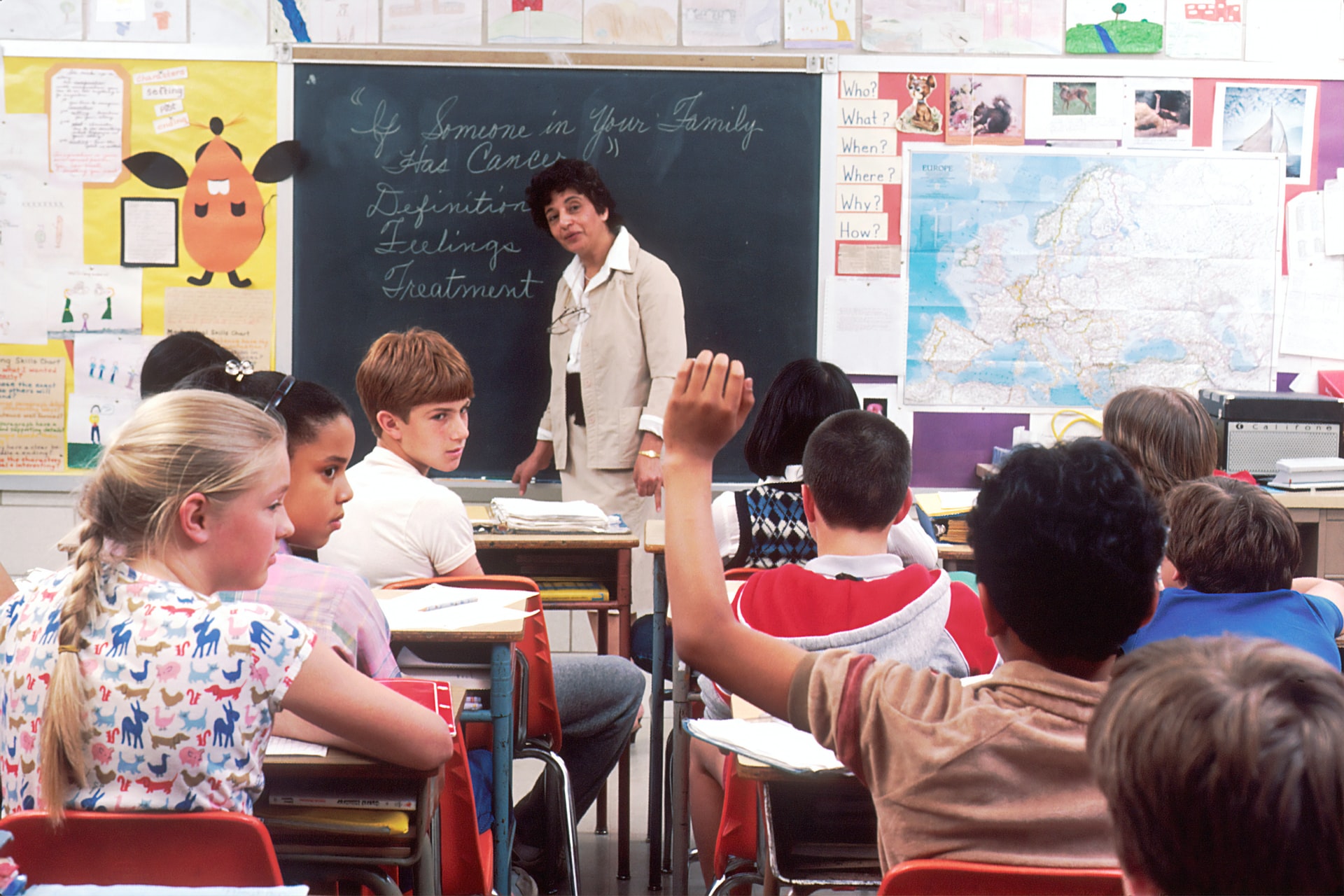Are you looking for strategies to help students who suffer from expressive language disorder? If so, keep reading.
1. Let the student talk without being interrupted or hurried.
2. Utilize a private signal (e.g., touching earlobe, raising an index finger, etc.) to remind the student to speak in finished sentences and use specific terminology.
3. Give the student a topic (e.g., rules to follow when riding your bike) and have them write finished sentences about it.
4. When the student is required to remember information, remind them of the situation in which the content was initially presented (e.g., “Remember yesterday when we talked about … ” “Remember when we were outside, and I told you about the … ” etc.).
5. When the student is required to recall information, give visual and/or auditory signals to help them remember the information (e.g., mention keywords, expose part of an image, etc.).
6. Ask the student leading questions to enable the process of speaking in finished sentences and using specific vocabulary.
7. Ask the parents to encourage the student’s use of finished sentences and thoughts at home by praising them when these are used.
8. Give frequent interactions and encouragement to support the student’s confidence (e.g., make statements such as, “You’re doing great.” “Keep up the excellent work.” “I really am proud of you.” etc.).
9. Boost the student’s understanding of the problem by recording the student while they are speaking with another student who uses finished sentences. Replay the recording for the student to see if they can find unfinished sentences and common terminology. Get the student to make appropriate modifications.
10. Make sure the student knows the concept of a “finished” sentence by pointing out the “subject/verb/object” components through the use of objects, images, and/or written sentences (depending on the student’s abilities).
11. Make sure the student knows that a finished sentence has to express a finished thought about a subject and what that subject is or does, and that use of specific vs. nondescriptive vocabulary is essential to clarify the message.
12. Create a list of the student’s most common unfinished statements and uses of nondescriptive terminology. Spend time with the student practicing how to make these statements or thoughts finished and make appropriate replacements of nondescriptive vocabulary.
13. Write down the attributes an excellent speaker possesses (e.g., rate, diction, volume, vocabulary, etc.) and have the student assess themselves on each characteristic. Establish a goal for improvement in only one or two areas at a time.
14. Make groups of cards containing subjects, verbs, adjectives, etc. Get the student to combine the cards in several ways to create finished sentences.
15. Urge oral output. Boost the student’s chances to connect orally, and give them with appropriate practice.
16. Focus on completeness of the student’s thought and not the grammatical accuracy of the statement. Praise finished thoughts that include specific vocabulary.
17. On occasions where speaking privately with the student, repeat their unfinished sentences and/or nondescriptive vocabulary with a rising inflection to indicate the need for additional information(e.g., “You saw the stuff in the sky?” or “Your brown dog … ?”) to see if the student recognizes the problem and spontaneously makes appropriate corrections.
18. Get the student to give process statements to sequence all learning experience s (e.g., how to make a peanut butter and jelly sandwich). Get the student to focus on making each statement a finished thought with specific vs. nondescriptive vocabulary.
19. Provide the student a factual statement and have them give several finished sentences relating to that topic.
20. Consider using a language development app. Click here to view a list of apps that we recommend.
21. Consider using an assistive technology designed to support students with articulation disorder.





